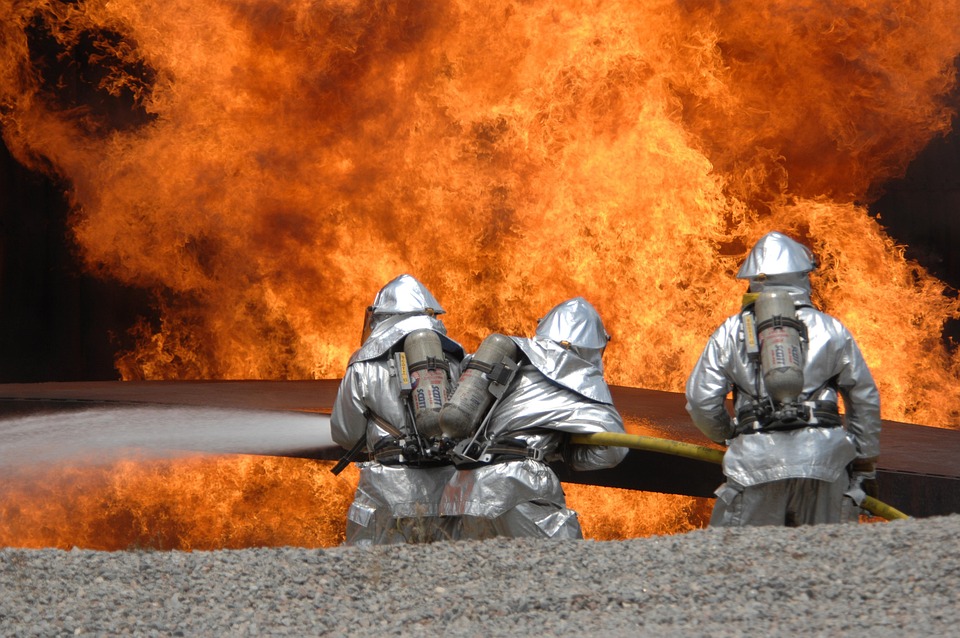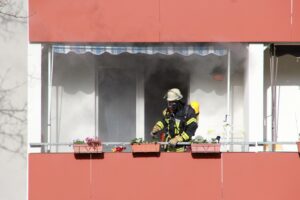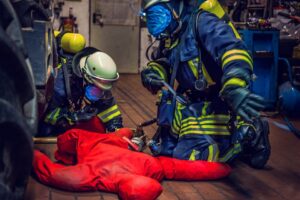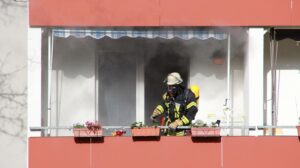From Nose to Lungs: A Comprehensive Respiratory System Diagram Explained
Introduction
The human respiratory system is an intricate network, meticulously designed to facilitate the essential process of gas exchange. At its core, it connects the external environment to the lungs, where oxygen is absorbed and carbon dioxide is expelled. Understanding the respiratory system requires an in-depth look at its primary components and the various pathways, from the nose down to the alveoli in the lungs. This article will provide a comprehensive exploration of the respiratory system, illustrated with a detailed diagram that elucidates its structure and function.
Anatomy of the Respiratory System
1. The Nose and Nasal Cavity
The journey of air begins at the nose, which serves as the entry point for external air. The primary functions of the nose include:
- Filter: Tiny hairs called cilia trap dust, pathogens, and other particulates.
- Humidify: The mucous membranes inside the nasal cavity add moisture to the inhaled air.
- Warm: Blood vessels in the nose warm the air to body temperature.
Diagram Key: The nose includes structures such as the nostrils, nasal passages, and the internal nasal cavity.
2. The Pharynx
After the nose, air flows into the pharynx, a muscular tube that serves both respiratory and digestive systems. It has three regions:
- Nasopharynx: Located behind the nasal cavity.
- Oropharynx: Behind the oral cavity.
- Laryngopharynx: Leads to the larynx and esophagus.
Diagram Key: The pharynx functions as a passageway for air and food; it also plays a role in voice resonance.
3. The Larynx
The larynx, or voice box, is located at the top of the trachea. It has several key functions:
- Voice Production: It houses the vocal cords, which vibrate to produce sound.
- Air Passage Regulation: The epiglottis folds down to prevent food from entering the trachea during swallowing.
Diagram Key: The larynx is depicted with its cartilaginous structure, including the thyroid and cricoid cartilages, and the vocal cords.
4. The Trachea
The trachea, or windpipe, is a tube that connects the larynx to the bronchi. It is reinforced by C-shaped rings of cartilage that keep it open.
- Mucociliary Escalator: The trachea is lined with cilia and mucus-secreting cells that trap and expel foreign particles.
Diagram Key: The trachea’s structure shows its cartilaginous rings and epithelial lining.
5. The Bronchi
At its lower end, the trachea bifurcates into the right and left main bronchi, leading to each lung. The bronchi further subdivide into:
- Secondary Bronchi: Leading to each lung lobe.
- Tertiary Bronchi: Feeding smaller segments.
Diagram Key: The branching pattern of the bronchi illustrates the airway’s increasing surface area.
6. The Bronchioles
The bronchioles are the smallest air passages within the lungs, leading to the alveolar sacs. They lack cartilage, instead relying on smooth muscle to regulate airflow
- Diameter Adjustment: Bronchioles can constrict or dilate to control air intake.
Diagram Key: The bronchioles are shown as small, branching tubes leading to the alveoli.
7. The Alveoli
The alveoli are tiny air sacs where gas exchange occurs. They have a vast surface area and are surrounded by a network of capillaries.
- Oxygen and Carbon Dioxide Exchange: Oxygen diffuses into the blood, while carbon dioxide is expelled into the alveoli.
Diagram Key: Alveoli are depicted in clusters, resembling a bunch of grapes, showcasing their arrangement and proximity to blood vessels.
Function of the Respiratory System
1. Gas Exchange
The primary function of the respiratory system is to facilitate gas exchange between the body and the environment:
- Oxygen Intake: Oxygen enters the alveoli and diffuses into the bloodstream.
- Carbon Dioxide Expulsion: Carbon dioxide from the blood diffuses into the alveoli to be exhaled.
2. Regulation of Blood pH
The respiratory system plays a critical role in maintaining acid-base balance. Increased carbon dioxide levels lead to a decrease in blood pH (acidosis):
- Hyperventilation: Increases oxygen intake and lowers carbon dioxide, raising blood pH.
- Hypoventilation: Decreases oxygen and raises carbon dioxide, lowering blood pH.
3. Filtration and Defense
The respiratory system filters and protects against harmful substances:
- Mucus and Cilia: Trap foreign particles.
- Immune Response: The presence of immune cells in respiratory tissues combats pathogens.
4. Vocalization
The respiratory system allows for sound production:
- Vocal Cords: Air passing through the larynx causes the cords to vibrate, producing sound.
Diagram Explanation
The accompanying diagram illustrates the complete pathway of air from the nose to the lungs, highlighting each anatomical structure mentioned. It visually depicts the:
- Pathway of airflow (inhaling and exhaling).
- Structural relationships of nasal cavity, throat, larynx, trachea, bronchi, bronchioles, and alveoli.
- Functional aspects: The importance of mucus production, ciliary action, and gas exchange mechanisms.
Diagram Legend
- Nose: Entry point for air.
- Nasal Cavity: Filter, heat, and humidify air.
- Pharynx: Shared pathway for both air and food.
- Larynx: Voice production and airway protection.
- Trachea: Direct airway to lungs.
- Bronchi: Divide air into each lung.
- Bronchioles: Regulate airflow to alveoli.
- Alveoli: Site of gas exchange.
Conclusion
The respiratory system is an essential and complex network vital for sustaining human life. From the filtration of air in the nose to the gas exchange within the alveoli, each component plays a pivotal role in ensuring the body receives necessary oxygen and expels carbon dioxide. Understanding this system not only highlights its importance but also underscores the need for respiratory health, emphasizing the implications of issues such as pollution and smoking.
By dissecting each part of the respiratory pathway, we gain insight into the magnificent intricacies of the human body and the mechanisms that enable survival. This diagram and the accompanying explanations serve as a comprehensive resource for anyone looking to deepen their understanding of respiratory physiology.
Footnotes:
- "Human Respiratory System: Anatomy and Physiology," Encyclopaedia Britannica, [Link].
- "The Role of the Respiratory System," Study.com, [Link].
- "Gas Exchange in the Lungs," Healthline, [Link].
- "Respiratory System Overview," Mayo Clinic, [Link].
- "Functions of the Respiratory System," National Heart, Lung, and Blood Institute, [Link].
Please note that the links are placeholders and should be updated with actual references.


























Add Comment